NO. 369, Road S209, Huanxiu, Qingdao City, China
Calcium Carbonate
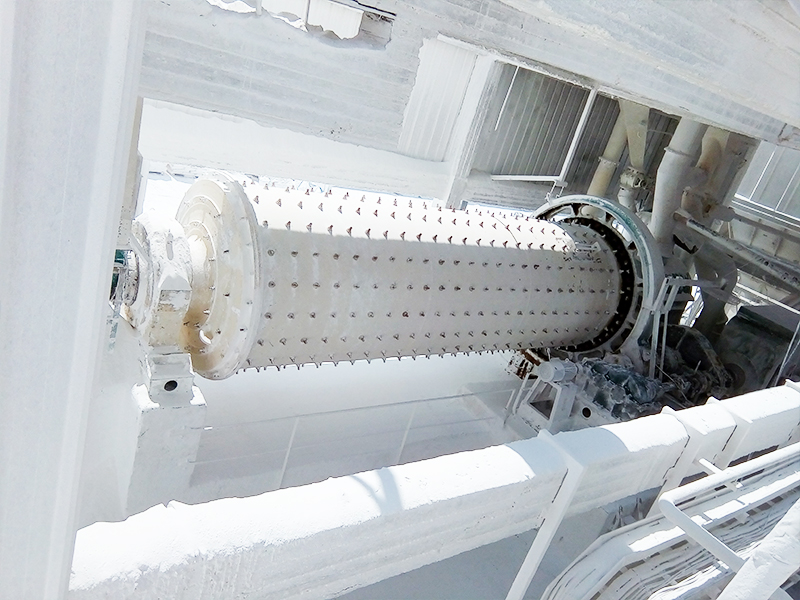
The Role of Carbohydrate in the Crystallization of Calcium Carbonate Nano Particles
At present, metal salts, organic acids, inorganic acids, polyvinyl alcohol, amino acids, surfactants are often used as crystal control agent of calcium carbonate nanometer particles. With different crystal control agents, calcium carbonate nanometer particles in different sizes, shapes and crystalline forms can be achieved, and their agglomeration can be changed, thus the controllable synthesis of calcium carbonate nanometer particles is realized.
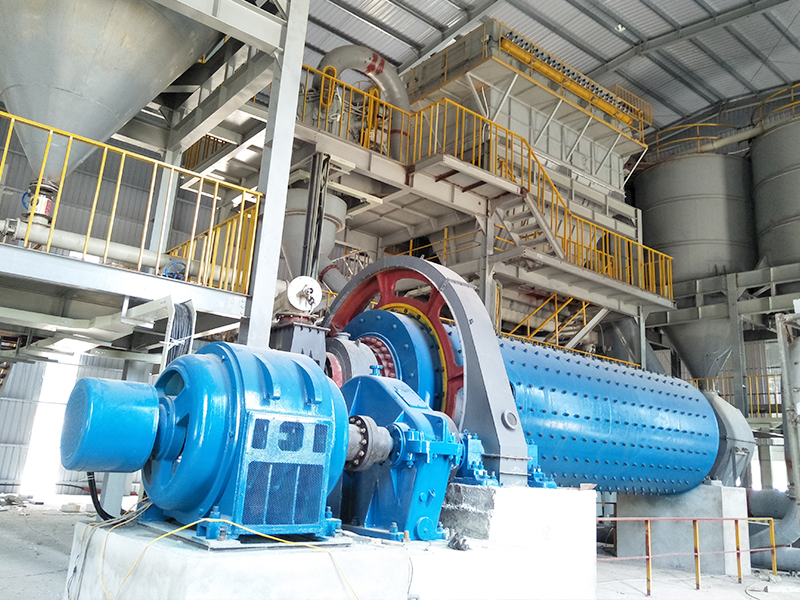
When glucose, sucrose and soluble starch were added respectively as crystal control agent in the synthesis of calcium carbonate nanometer particles via carbonization, the addition of crystal-free control agent and different carbohydrate effected the conductivity and PH value during the synthesis. The results are:
(1) When sucrose, glucose and soluble starch of the same mass fraction were added to the reaction system respectively, calcium carbonate nanometer crystals of calcite type in regular cubic forms were obtained. There might be a polar group-OH group in the molecular structure of carbohydrate, and O in the molecule has a lone pair of electrons with high electronegativity, which can coordinate with Ca2+ through charge matching, inhibiting the growth of nanometer calcium carbonate crystals.
(2) Adding carbohydrate additive before the carbonization reaction can promote the nucleation reaction and decrease the surface energy of calcium carbonate crystal nuclei, enabling smaller crystal nucleito exist stably. The agglomeration of calcium carbonate crystal nuclei is inhibited; then cubic calcium carbonate nanometer particles are formed.
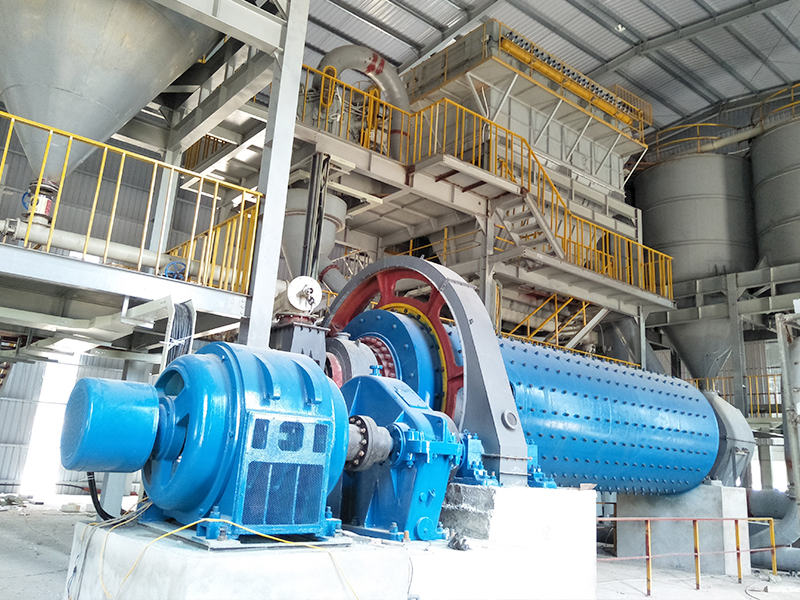
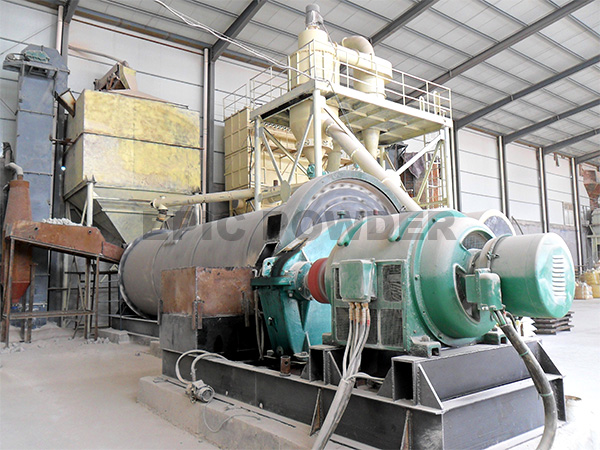
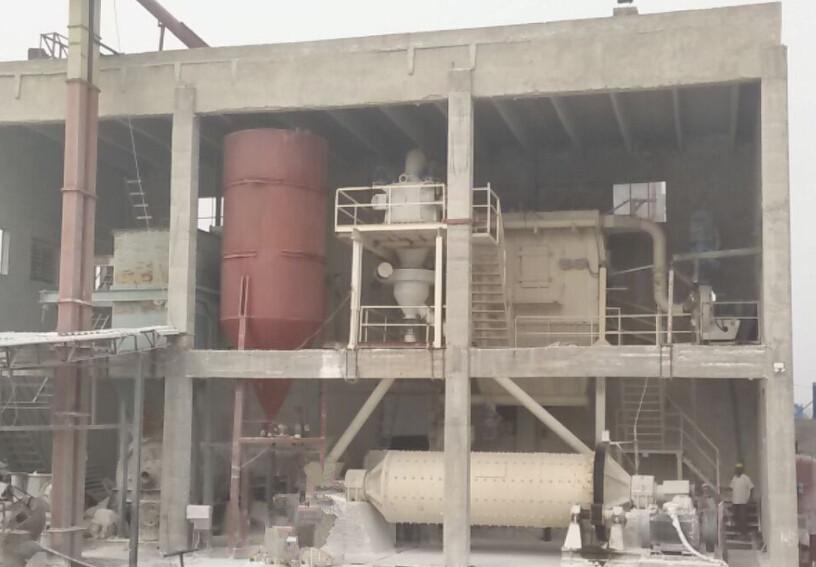

Leave a Comment